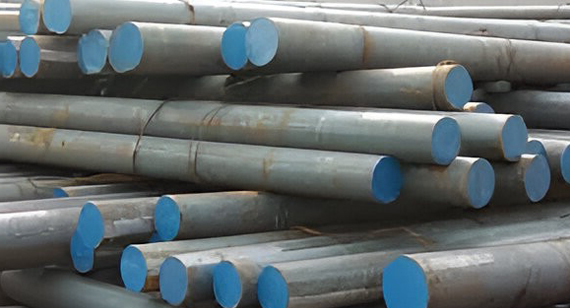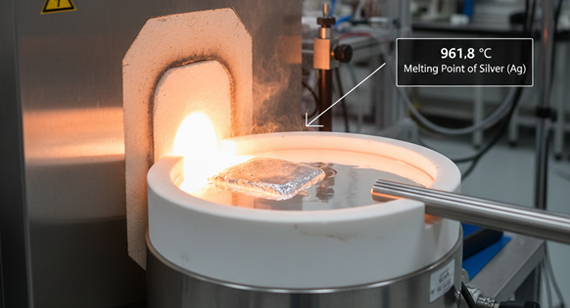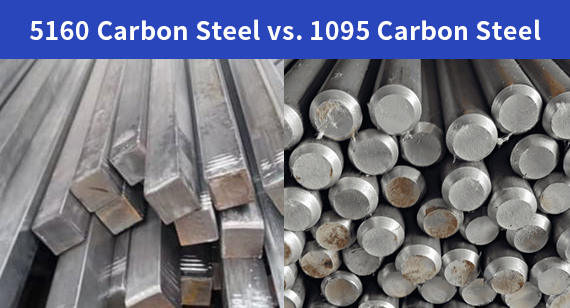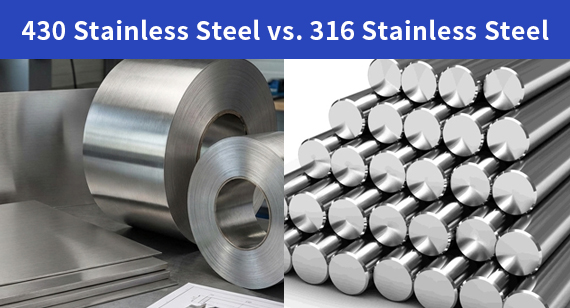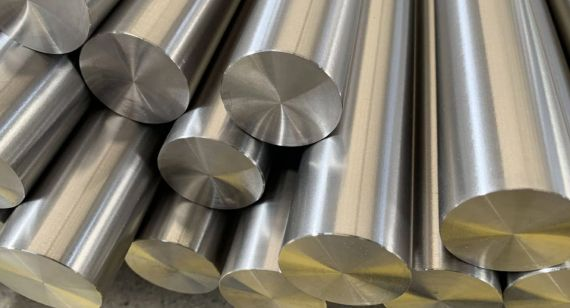15 years one-stop China custom CNC machining parts factory
The VMT blog is dedicated to sharing our hard-earned knowledge in prototype manufacturing. We hope these articles will help you optimize your product designs and gain deeper insight into the world of rapid prototyping. Enjoy the read!
Get an Instant Quote VMT
VMT  2025 12 25
2025 12 25 Materials capable of adapting to various environments and applications are a convenient go-to for manufacturers, 1055 steel is certainly one such example. Thanks to its excellent performance, cost-effectiveness and ease of supply, 1055 steel has well-performed among many manufacturers for making outdoor tools like knives, mechanical parts, and automotive structural components, etc. Here’s what you should know about it: 1055 steel’s composition, properties, manufacturing processes, equivalents, formats and applications, and pros and cons.
 66
66
 Read more
Read more
 VMT
VMT  2025 12 24
2025 12 24 The melting point of silver is 961.8°C (1763.2°F or 1234.95 K), which is the temperature where solid silver becomes liquid. Silver alloys melt across a range defined by their solidus and liquidus temperatures, depending on composition. Knowing the exact silver melting temperature helps you control casting, welding, and manufacturing processes safely and efficiently.
 66
66
 Read more
Read more
 VMT
VMT  2025 12 24
2025 12 24 Of the many carbon and alloy steels available, 5160 steel stands out as a top pick for manufacturing. Many engineers or manufacturers love its unique combination of toughness, strength, and wear resistance, using it to make components like fasteners , springs, and cutting tools. In this guide, we’ll break down its chemical composition, mechanical and physical properties, processing, and typical applications, while comparing it to other steels to help you make informed material selection and design decisions.
 66
66
 Read more
Read more
 VMT
VMT  2025 12 23
2025 12 23 Thanks to the high purity 1070 aluminum’s excellent performance, it is often used in applications that require excellent electrical and thermal conductivity as well as corrosion resistance. But whether 1070 aluminum is suitable for your uses or not, it may depend on several factors, including material temper, forms, formability and the actual service environment. To help you better evaluate this material, this article fully introduces 1070 aluminum in terms of its properties, supply forms, typical applications, and advantages and limitations. You can learn more about it in our rundown below.
 66
66
 Read more
Read more
 VMT
VMT  2025 12 22
2025 12 22 In the field of tools, mechanical components, and spring manufacturing, 5160 and 1095 stand out as two of the most used high-carbon steels. Although both belong to the same carbon-steel family, they differ in several key characteristics. Selecting the right grade can greatly influence your product’s service life, reliability, and overall manufacturing cost. To help guide your decision, this article breaks down how 5160 and 1095 compare in terms of performance, cost, heat treatment, availability, and typical applications. Below is a complete comparison of 5160 vs. 1095 steel.
 66
66
 Read more
Read more
 VMT
VMT  2025 12 20
2025 12 20 Both the SS 430 and SS 316 are austenitic stainless steels that are the worth noting materials, being applied in rapid prototyping processes such as sheet metal fabrication and CNC machining. While you must understand their properties and applications before your decision choosing from the 304 vs 316 stainless steel specifically to a project. To help you decide on the right grade, this article highlights the key differences of properties, prices and applications,etc. of the SS 430 and SS 316. You can find out a full comparison of the stainless 340 vs 316 in our rundown below.
 66
66
 Read more
Read more
 VMT
VMT  2025 12 19
2025 12 19 Among the many stainless steel grades available to you, 420HC stainless steel (a high-carbon variant of 420 stainless steel) is a highly adaptable grade that stands out in comparison to others. Its wide range of properties make it popular, and you will find it incorporated into industrial knives, mold components, and precision mechanical parts, because of its fantastic strength, resistance to wear resistance and corrosion, and strong response to heat treatment. You can find out more about it in our rundown below.
 66
66
 Read more
Read more
 VMT
VMT  2025 12 18
2025 12 18 When it comes to high-performance stainless steels, duplex 2205 stainless steel, with its superior strength, good toughness, excellent corrosion resistance, and cost-effectiveness compared to 304/316 stainless steel, has become one of the perfect choices for industries ranging from marine engineering and chemical processing to oil and gas extraction. It provides engineers and manufacturers with a perfect solution for parts that combine performance and reliability. This article will provide you with a comprehensive understanding of the properties, processing performance and cost, advantages and limitations, and applications of duplex 2025 stainless steel. Through this article, you will understand why duplex 2205 is the optimal choice compared to other stainless steel varieties.
 66
66
 Read more
Read more
Ready To Start Your Next Project?
Get Instant Quote

Request a Free Quote
Send us a message if you have any questions or request a quote. We will get back to you ASAP!
